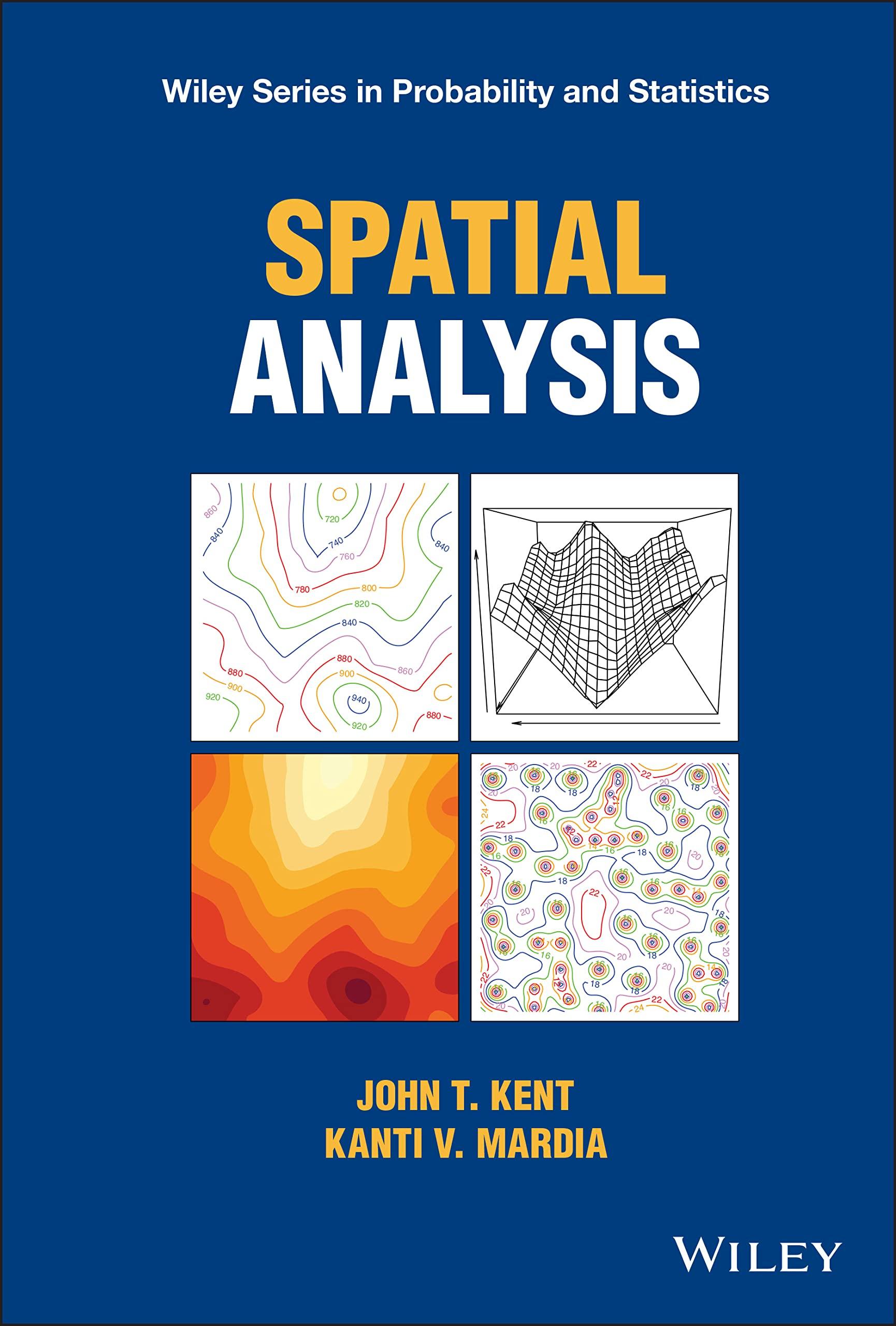6.6 Guyon (1982). This exercise looks in more detail at the unbiased sample covariance function used in
Question:
6.6 Guyon (1982). This exercise looks in more detail at the unbiased sample covariance function used in Section 6.5. Suppose D is a rectangular lattice of length n in each direction so that it contains |D| = nd data sites. For simplicity, consider the lag h = [
1 0 ... 0
]
representing one step along the first coordinate axis. Assume the data xt, t ∈ D, come from a stationary random field with the known mean 0 and with the covariance function {????h ∶
h ∈ ℤd}. Consider the unbiased and biased sample covariance functions s
(u)
h = 1
|Dh|
∑
t∈Dh xtxt+h, s
(b)
h = 1
|D|
∑
t∈Dh xtxt+h.
These definitions are almost the same as in Eqs. (6.8)–(6.10), except they have been centered at 0 rather than the sample mean to make the calculations simpler.
(a) Show that the size of Dh is |Dh| = (n − 1)nd−1.
(b) Show that the unbiased covariance function s
(u)
h in (6.8) is unbiased, i.e.
E{s
(u)
h } = ????h.
(c) Hence, show that the biased sample covariance s
(b)
h in (6.10) is biased, E{s
(b)
h } = |Dh|
|D|
????h =
(
1 − 1 n
)
????h.
(d) Under mild regularity conditions (e.g. Section 5.5.3) it can be shown that s
(u)
h is asymptotically normally distributed for large n, nd∕2
(s
(u)
h − ????h) ∼ N(0, ????2 h)
for some variance ????2 h, say, not depending on n. Hence, deduce that asymptotic distribution of (6.10) is nd∕2
(s
(b)
h − ????h) ∼ N(−nd∕2−1
????h, ????2 h).
(e) In dimensions d = 1, 2, 3, deduce that for this distribution
(i) if d = 1, the bias n−1∕2????h is negligible in comparison to the standard deviation ????h.
(ii) if d = 2, the bias n0????h = ????h has the same order as the standard deviation ????h.
(iii) if d = 3, the bias n1∕2????h dominates the standard deviation
Step by Step Answer:







